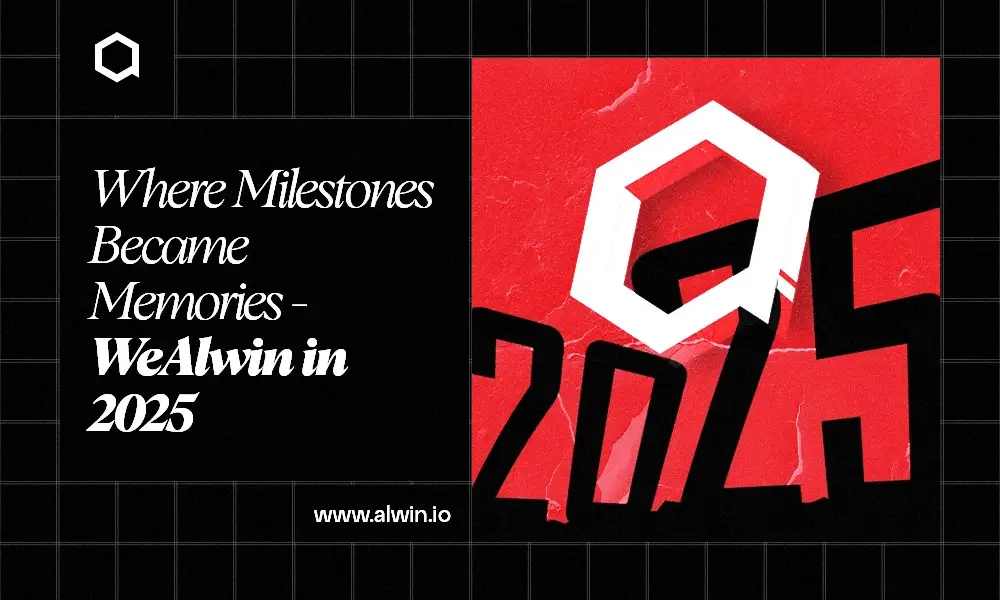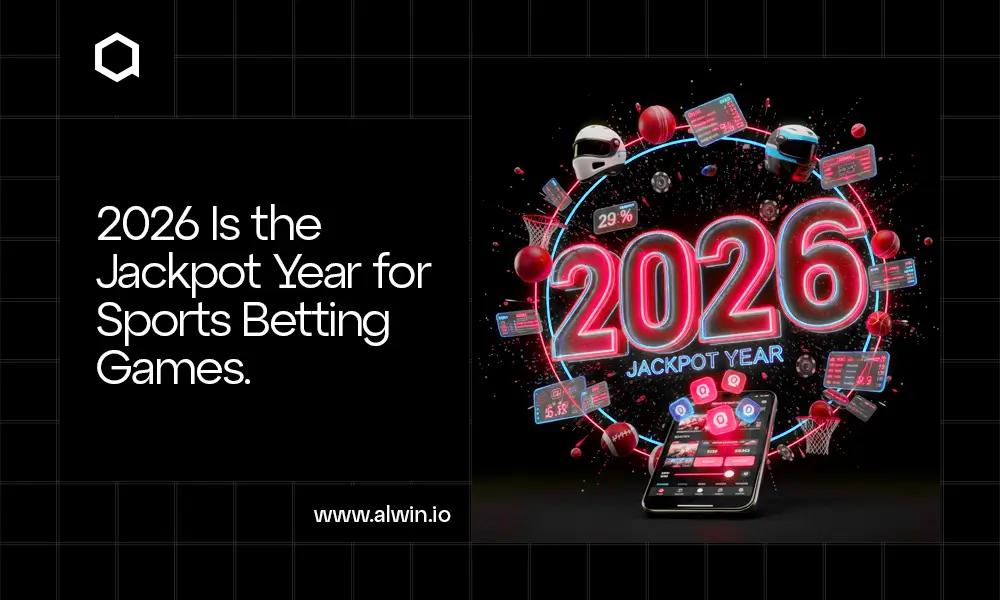In the dynamic world of blockchain, the right token standard can be a game-changer. ERC223 tokens are not just another iteration; they represent a significant leap forward in token functionality and security.
This blog will guide you through the essentials of ERC223 token development, highlighting its advantages over the traditional ERC20 standard. As you explore this innovative token standard, you might be asking yourself: How can ERC223 help prevent costly mistakes, like sending tokens to incompatible contracts?
By the end of this read, you’ll not only appreciate the value of ERC223 tokens but also be equipped to make informed decisions for your blockchain projects. Let’s dive in and discover how ERC223 can elevate your token strategy!
What are ERC223 Tokens?
ERC223 tokens are a type of digital asset that operates on the Ethereum blockchain, adhering to a specific set of rules defined by the ERC223 token standard. This standard was designed to address some of the limitations associated with ERC20 tokens, particularly in terms of security and efficiency. By allowing for more seamless interactions between tokens and smart contracts, ERC223 tokens enhance the overall user experience in decentralized applications (dApps).
The Role of ERC223 Tokens in the Ethereum Ecosystem
ERC223 tokens serve multiple purposes within the Ethereum ecosystem. They can represent various assets, such as cryptocurrencies, utility tokens, or even digital collectibles. Their versatility allows developers to create innovative solutions, ranging from fundraising mechanisms (like Initial Coin Offerings) to governance models in decentralized finance (DeFi) applications.
Benefits of ERC223 Token Development
The ERC223 token standard brings several significant advantages to businesses looking to develop their tokens. Here are some of the key benefits:
Enhanced Security: One of the most critical improvements of ERC223 tokens is their ability to prevent accidental loss of tokens during transfers. Unlike ERC20 tokens, which can be sent to incompatible contracts, ERC223 tokens ensure that transactions are only executed with contracts designed to handle them. This feature significantly enhances overall security and reduces the risk of token loss.
Reduced Transaction Costs: ERC223 tokens are designed to be more gas-efficient, requiring only half the gas fees compared to ERC20 tokens for transactions. This cost-effectiveness makes them an attractive option for businesses that need to manage operational expenses while maximizing their token utility.
Streamlined Transactions: The ERC223 standard simplifies the token transfer process by allowing transfers to smart contracts and wallets in a single step, rather than the two-step process required by ERC20. This efficiency not only saves time but also enhances the user experience.
Backward Compatibility: ERC223 tokens maintain compatibility with ERC20 tokens, allowing businesses to leverage existing infrastructure and user bases while transitioning to the new standard. This compatibility ensures that developers can easily integrate ERC223 tokens into their applications without significant changes.
Importance of ERC223 Token Creation
Creating ERC223 tokens is crucial for businesses aiming to capitalize on the growing blockchain ecosystem. By adopting the ERC223 standard, companies can:
Innovate with Confidence: The advanced features of ERC223 tokens empower businesses to develop innovative applications and services that can stand out in a competitive market.
Attract Investment: With improved security and efficiency, ERC223 tokens can attract more investors and users, enhancing the overall marketability of the project.
Future-Proof Solutions: As the blockchain landscape evolves, adopting a more advanced token standard like ERC223 positions businesses for future growth and adaptability.
Key Features of the ERC223 Token Standard
The ERC223 token standard introduces several key features that enhance token functionality and user experience on the Ethereum blockchain.
1. Total Supply: Understanding Its Impact on Token Economics
The Total Supply of ERC223 tokens is a crucial aspect of token economics. This feature defines the maximum number of tokens that can ever exist, influencing scarcity and value. A well-defined total supply can help maintain price stability and investor interest, making it a vital consideration during token creation.
2. Balance Of : Mechanism for Tracking Token Ownership
The BalanceOf function is integral to the ERC223 standard, allowing for accurate tracking of token ownership. This mechanism ensures that users can easily verify their token balances, facilitating transparency and trust within the ecosystem. It plays a critical role in enabling users to manage their assets effectively.
3. Transfer Mechanism: How ERC223 Improves Token Transfers
ERC223 improves the Transfer Mechanism by allowing tokens to be sent to both wallets and smart contracts in a single transaction. This feature eliminates the two-step process required by ERC20 tokens, reducing gas fees and enhancing efficiency. By streamlining transactions, ERC223 tokens provide a smoother user experience and lower operational costs for businesses.
4. Token Identification: Name, Symbol, and Decimals
ERC223 tokens include essential Token Identification attributes such as name, symbol, and decimals. These attributes help users recognize and differentiate between various tokens in the market. A clear and concise token identification system is vital for user engagement and marketability.
5. Approve & TransferFrom: Legacy Functions Relevant to ERC223
While ERC223 introduces new functionalities, it also retains the Approve&transferFrom functions from ERC20. These legacy functions allow for delegated token transfers, enabling users to authorize third parties to manage their tokens. This compatibility ensures that existing applications can seamlessly integrate ERC223 tokens without significant modifications.
The ERC223 Token Development Process
Creating an ERC223 token involves several key steps, from selecting the appropriate tools and programming languages to writing, deploying, and verifying the smart contract. Here’s a step-by-step guide to the process:
Step 1: Choose Your Tools and Programming Languages
Programming Language: Use Solidity, the primary language for writing smart contracts on the Ethereum blockchain.
Development Environment: Utilize Remix IDE, an online tool that facilitates writing, testing, and deploying Solidity code.
Step 2: Write the ERC223 Smart Contract
Define Token Properties: Specify essential attributes such as:
- Token name
- Token symbol
- Total supply of tokens
Implement ERC223 Functions: Ensure the contract includes necessary functions like:
- transfer
- balanceOf
- totalSupply
Adhere to Standards: Confirm that the contract complies with the ERC223 standard to ensure compatibility and functionality.
Step 3: Deploy the ERC223 Smart Contract
Compile the Code: Generate the contract's bytecode and application binary interface (ABI).
Send Deployment Transaction: Use tools like Remix IDE or Truffle to deploy the contract to the Ethereum network.
Step 4: Test and Verify the ERC223 Token
Conduct Thorough Testing: Use tools like Remix IDE or Truffle to write and execute test cases, verifying the token's behavior under various conditions.
Verify on Etherscan: After deployment, confirm the token's details on platforms like Etherscan, which provides transparency regarding:
- Contract address
- Total supply
- Transaction history
Security Considerations for ERC223 Token Creation
Safe Transfer Functions: Implement transfer functions that validate recipient addresses to prevent accidental token loss.
Smart Contract Audits: Conduct security audits to identify vulnerabilities and ensure adherence to best practices.
Upgradability: Consider upgradable smart contracts to allow for future enhancements and security updates.
User Education: Educate users on the importance of using compatible wallets and contracts to reduce the risk of errors.
Real-World Applications of ERC223 Tokens
ERC223 tokens have gained traction in various sectors due to their enhanced functionality and security features.
Examples of Successful ERC223 Token Projects
Gaming Platforms: Many gaming companies have adopted ERC223 tokens to facilitate in-game transactions. By using ERC223, players can seamlessly transfer tokens for purchases, enhancing the gaming experience while ensuring secure transactions.
Decentralized Finance (DeFi): Several DeFi projects utilize ERC223 tokens to improve liquidity and transaction efficiency. These tokens allow users to engage in lending, borrowing, and trading with reduced gas fees and enhanced security, making them attractive for financial applications.
Tokenized Assets: Companies are leveraging ERC223 tokens for tokenizing real-world assets, such as real estate or commodities. This application provides a transparent and efficient way to manage ownership and transfer of these assets on the blockchain.
Case Studies Showcasing the Benefits of ERC223 Token Development
ERC223 tokens have proven their value across various industries, providing enhanced security, efficiency, and user satisfaction. Here are some real-world case studies that highlight the business benefits of ERC223 token development:
1. Myco (Myco Token)
Overview: Myco is a decentralized platform for sustainable agriculture that adopted ERC223 tokens for transactions. The implementation led to a 30% reduction in transaction costs and a 40% increase in user engagement due to enhanced security and reduced token loss.
Resource: Myco Token
2. GameCredits
Overview: GameCredits is a gaming platform that transitioned to ERC223 tokens for in-game purchases. This switch resulted in a 50% increase in transaction speed and a 25% rise in revenue, enhancing user satisfaction and retention.
Resource: GameCredits
3. Real Estate Investment Platform (RealT)
Overview: RealT allows fractional ownership in properties using ERC223 tokens.The platform saw a 35% increase in investor confidence and a 30% rise in new investments due to improved security and ease of managing tokenized assets. Resource: RealT
4. OriginTrail
Overview: OriginTrail is a decentralized supply chain management protocol that adopted ERC223 tokens. They achieved a 25% reduction in operational costs and a 20% growth in partnerships due to enhanced efficiency and transparency. Resource: OriginTrail
Cost Considerations in ERC223 Token Creation
The cost of ERC223 token development depends on the specific requirements and features of the token.
Smart Contract Complexity: The complexity of the ERC223 token smart contract, including additional features and customizations, can impact development costs.
Deployment Environment: Costs may vary depending on whether the token is deployed on a public Ethereum network or a private/permissioned blockchain.
Auditing and Testing: Thorough testing and security audits to ensure the integrity of the ERC223 token smart contract can add to the overall development costs.
Conclusion:
Hope all your questions have the solutions. ERC223 token development is crucial for businesses looking to leverage blockchain technology effectively. Its enhanced security, efficiency, and compatibility with existing infrastructure make it a preferred choice for various applications.
As the blockchain ecosystem continues to mature, businesses are encouraged to explore ERC223 token creation to stay competitive and innovative.
If you're looking to develop your own ERC223 token, WeAlwin Technologies is here to assist you. As a leading Ethereum Token Development Company, we provide tailored solutions to help you succeed in the blockchain space.
Contact us today to get started on your ERC223 token development journey!



